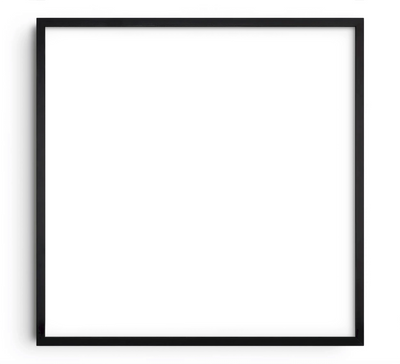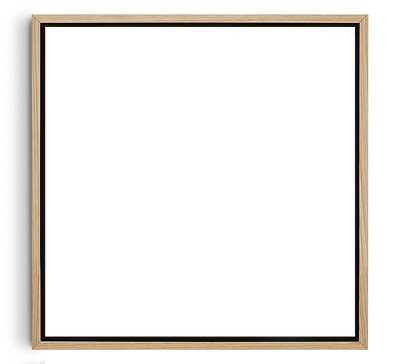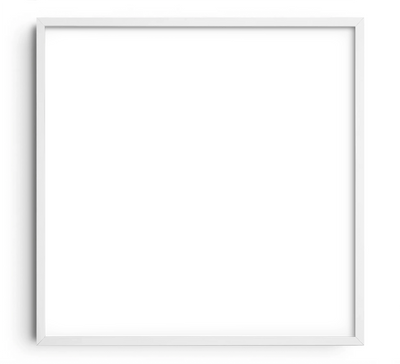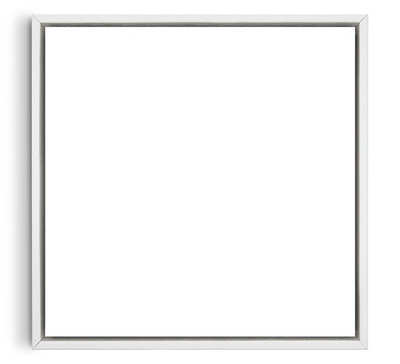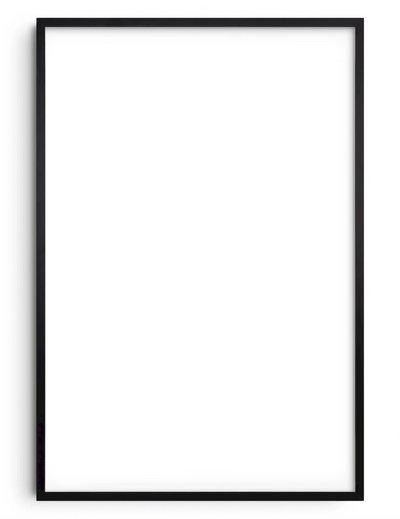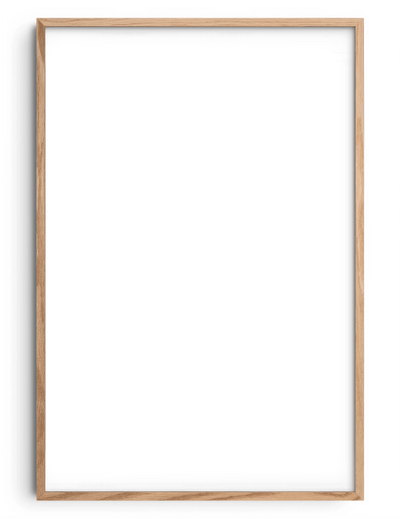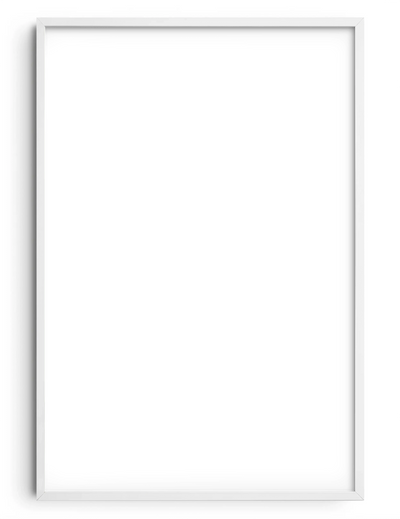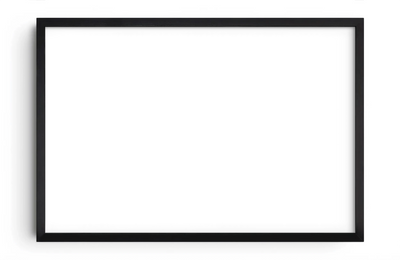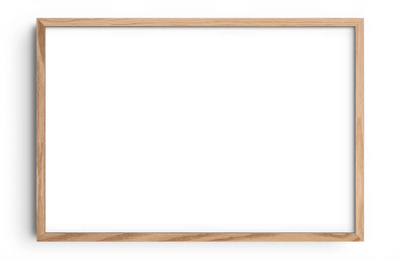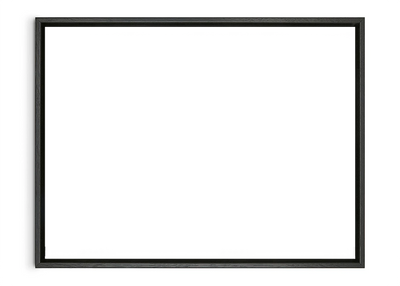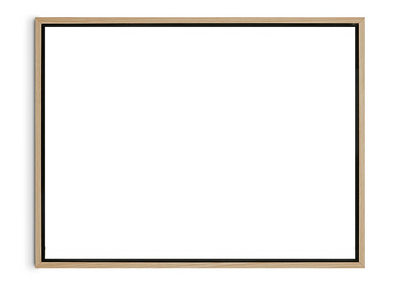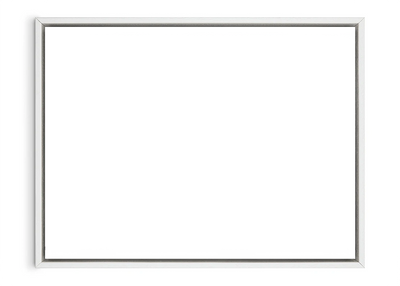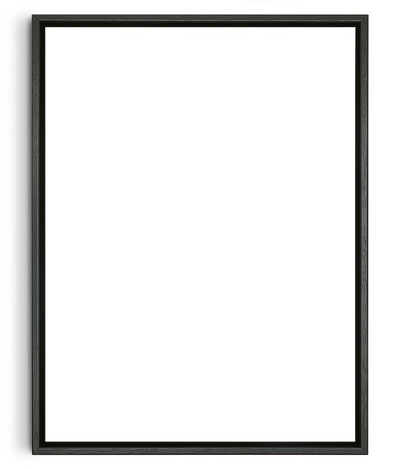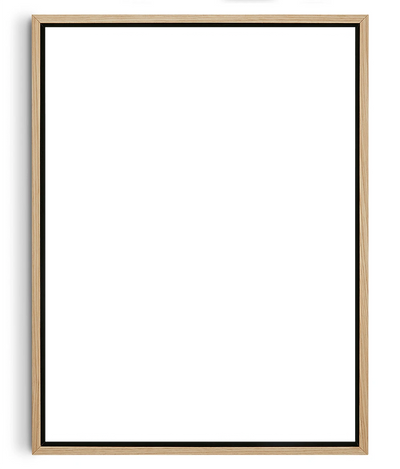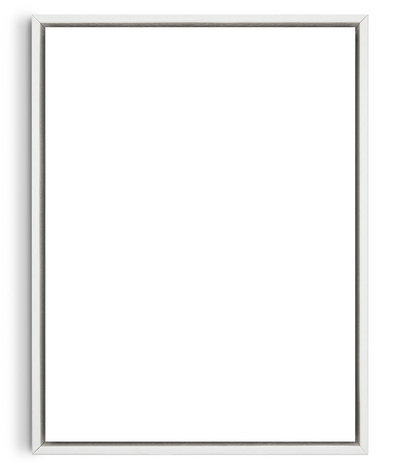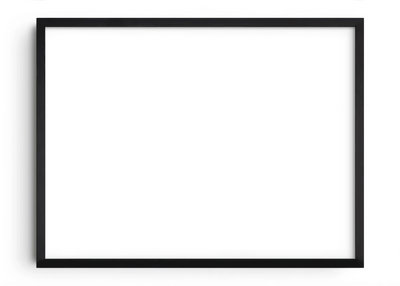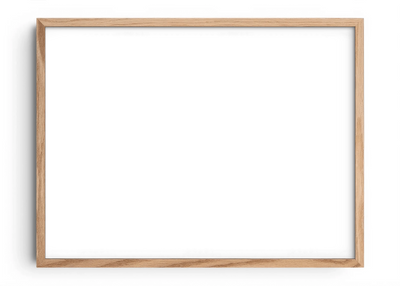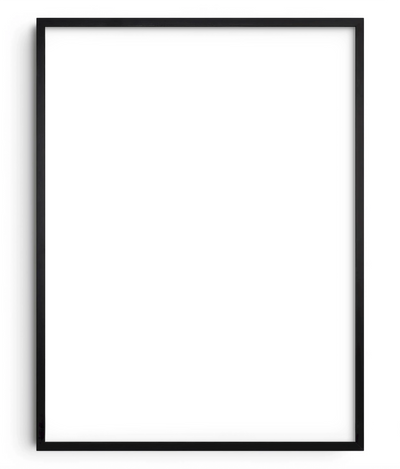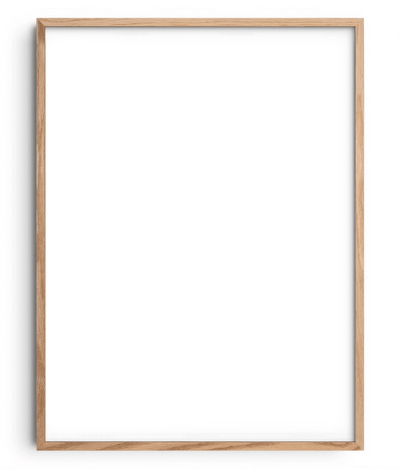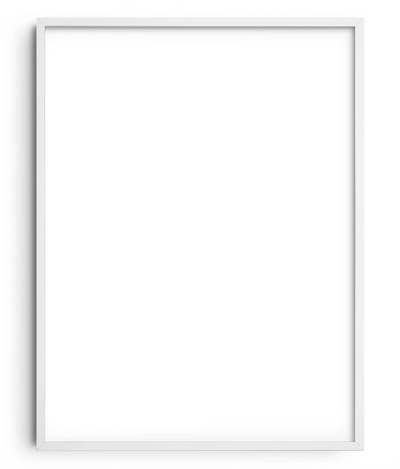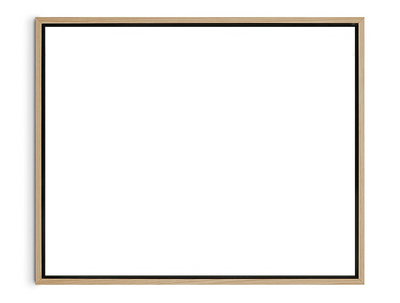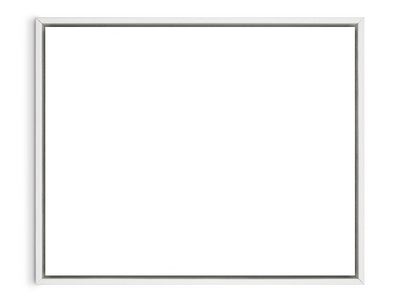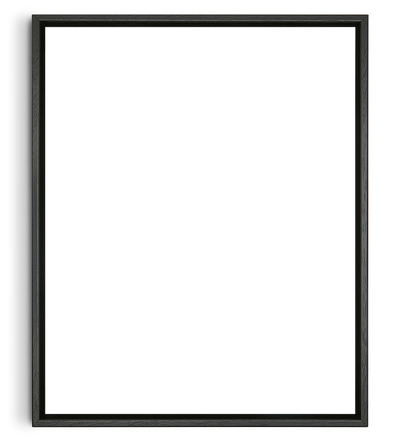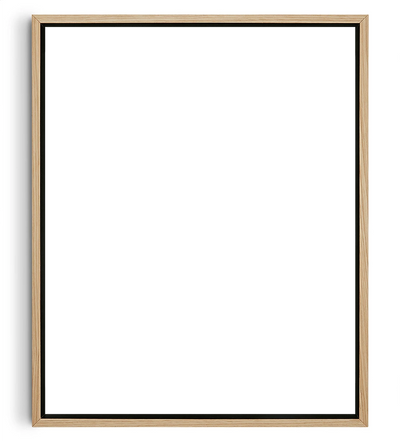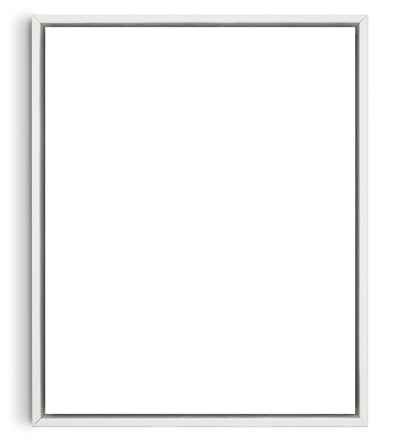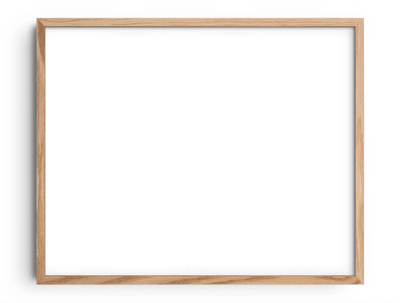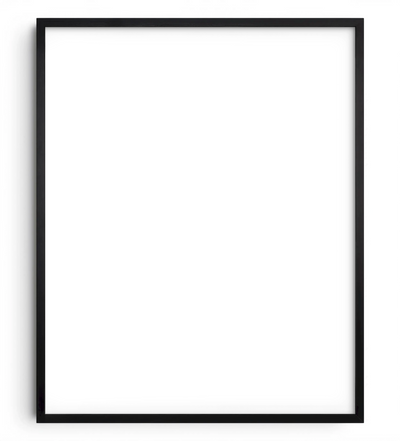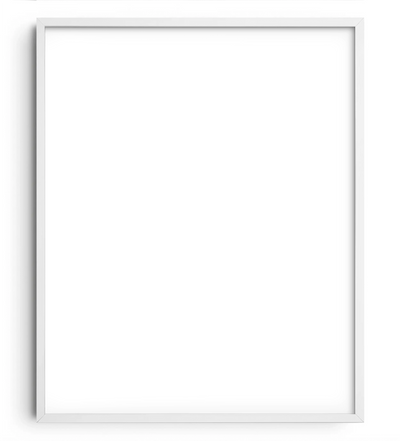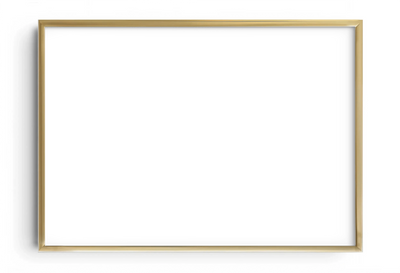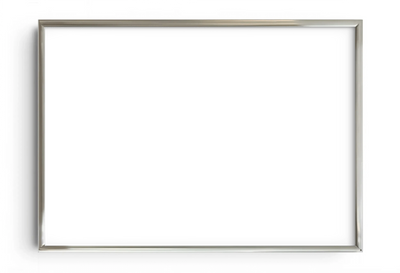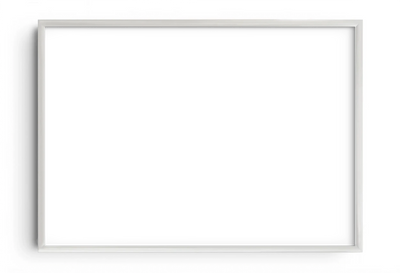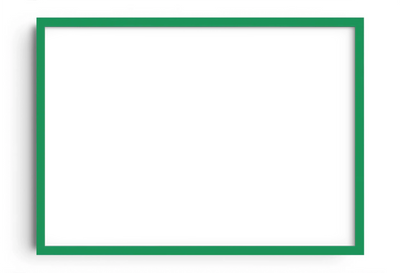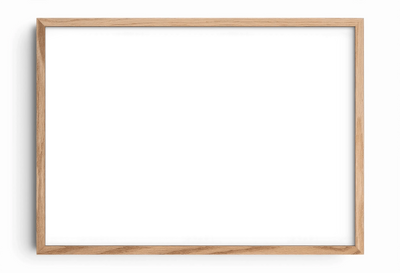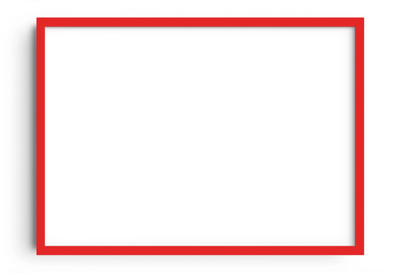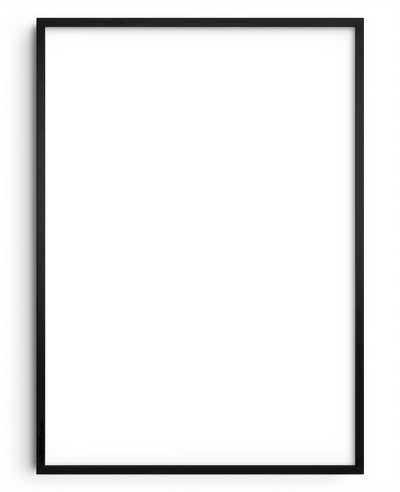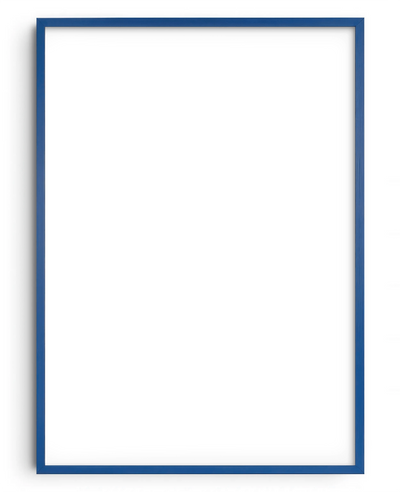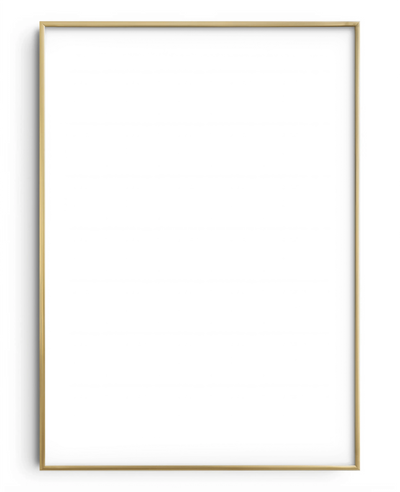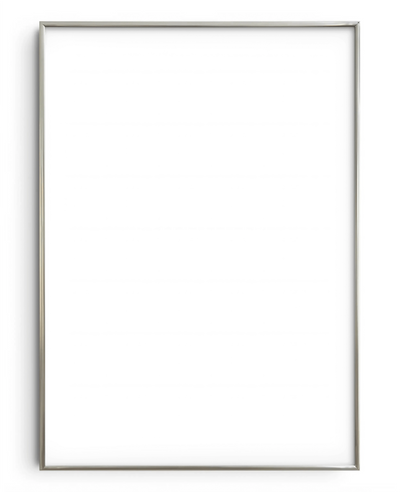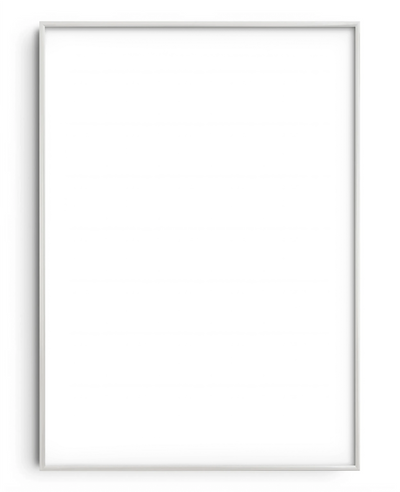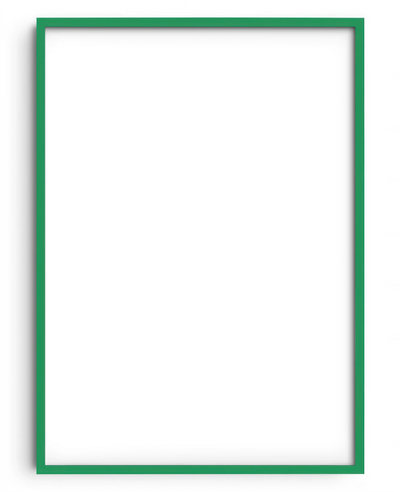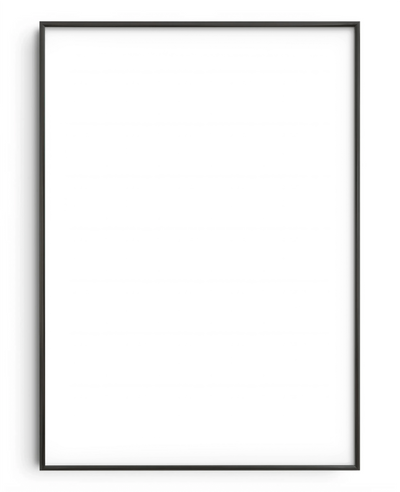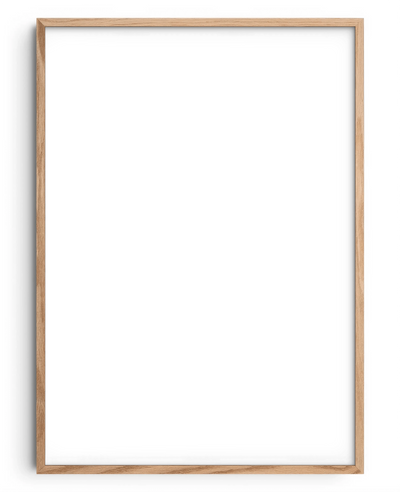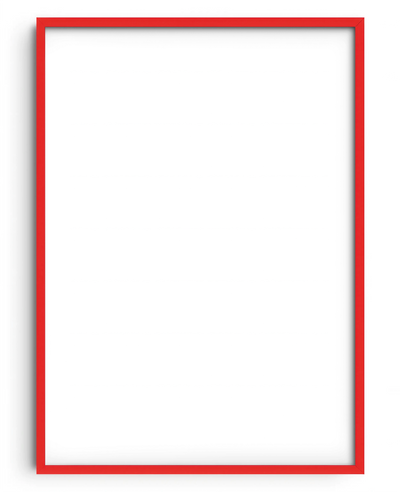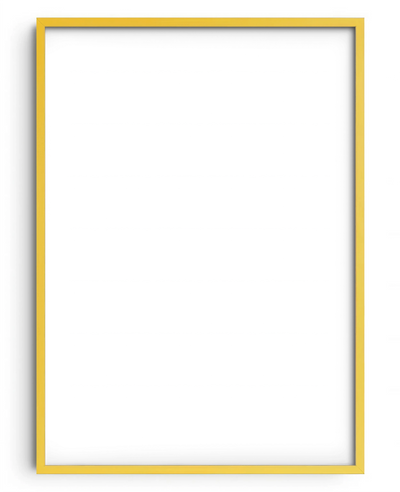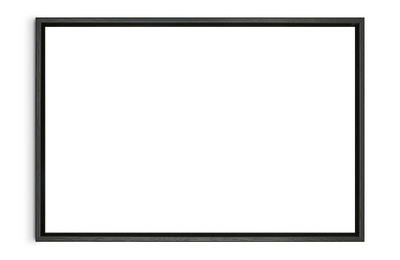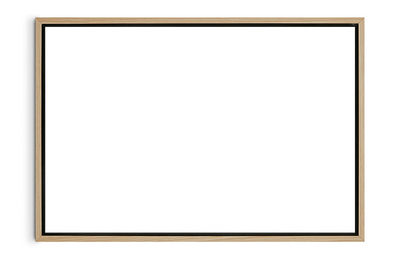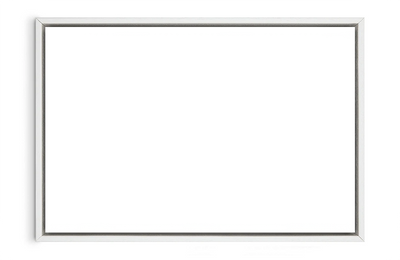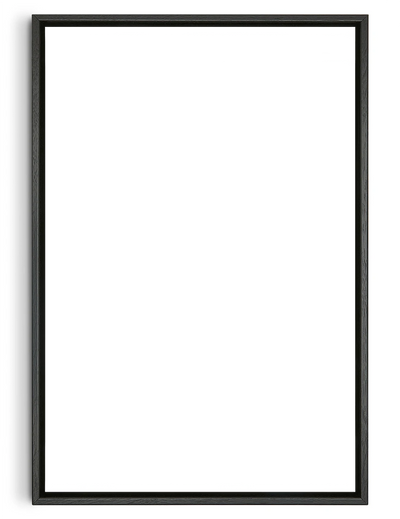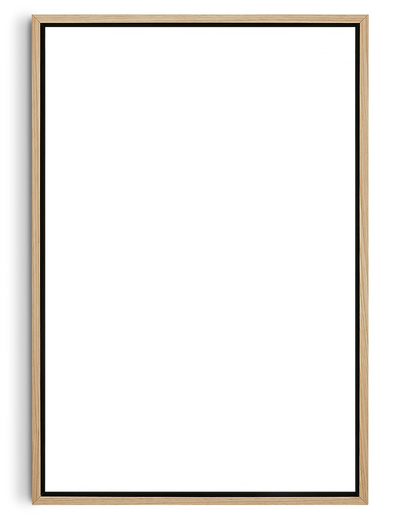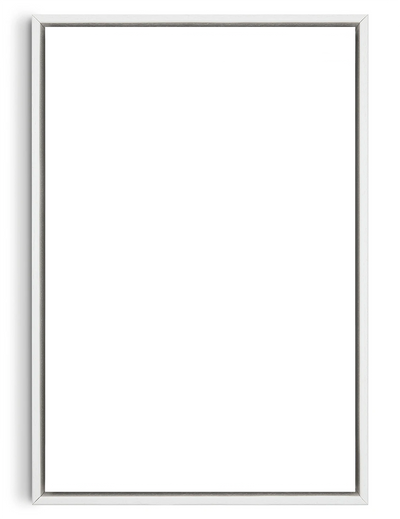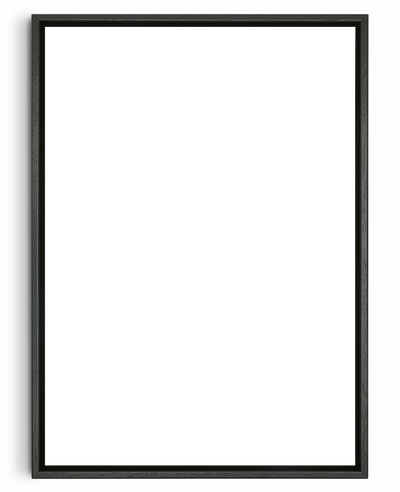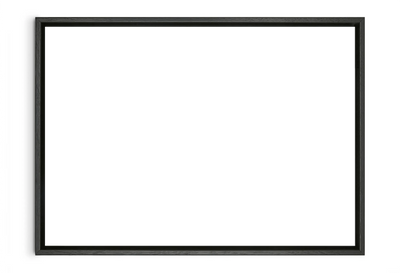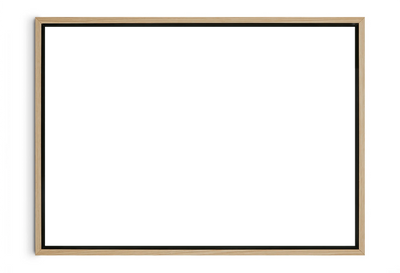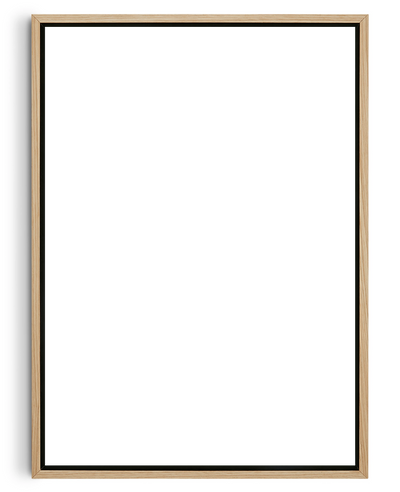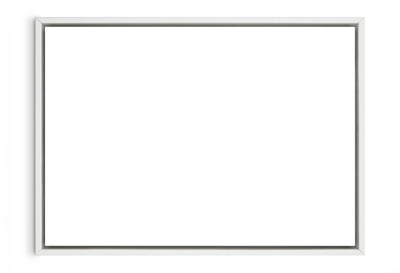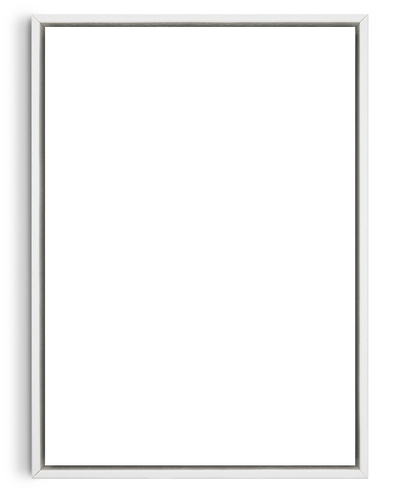


In this chapter; we’ll cover the seven most common interior design styles:
#01
Traditional interior design
Traditional design is inspired by the 18th and 19th centuries and you’ll often find lots of classic art and antiques
Vibe: Very consistent, orderly, and symmetrical
Colours: Lots of neutral colour palettes with warm and dark tones. It’s often heavy on wood and gold/gilding
Furniture: They’re often ornate, curved, and visually ‘heavier’. You’re more likely than not to see some wingbacks, wood carvings, tassels and fringes
Accessories: Maximalism is big here, so you’ll often find many accessories, with emphasis on vases, candle holders and candelabras. It’s a very detail-oriented style
Textures & patterns: Bold patterns, lots of upholstery and velvet
Other callouts: The furniture layout is not very creative, it’s often straight or at 90-degree angles
Artwork: Paintings are a must-have for any traditional interior. Using large-scale ones above sofas and fireplaces can make great statements. Then combined with smaller ones placed above side tables and in corners of a room can really make for an interesting visual authentic

#02
Mid-century modern
Mid-century modern design sprung up in the 1940s and is still going strong today. Its functionality and timeless look keep it relevant and a staple for a home that wants to achieve a seamless flow
Vibe: It’s utilitarian, simple and super functional
Colours: Natural hues and is often inspired by nature
Furniture: Clean lines and organic curves with very little ornamentation. The forms are very simple but often use rich and luxurious woods
Textures & patterns: It plays with more materials due to the inventions of the time, so you’ll notice wood but also glass, textured fabrics and engineered metals like plexiglass and plastic
Artwork: Simple illustrations look great surrounded by mid-century furniture. The clean lines pop next to one another and lean into the modern narrative of this timeless look
#03
Modern / contemporary
Contemporary design, by definition, is constantly evolving and changes with the times as it’s anything that’s current or in the moment. Due to this, it’s often characterised by a simple and sleek design with a lot of use of metal and glass
Vibe: Contemporary interiors are usually very simple, open and airy. You won’t find much clutter, as the emphasis is on showcasing the space, which can often give it a minimalistic look alongside modern technology
Colours: Mostly neutral palettes with hints of saturated tones
Furniture: Bold and structural pieces, and you’ll often find lots of geometric forms and bold scales
Textures & patterns: Modern and contemporary design loves to play with state-of-the-art materials. Lots of metals, stones and glass
Other callouts: There are often lots of large windows and high ceilings in contemporary and modern spaces
Artwork: Go big and bold. Placing large statement artwork above fireplaces, sofas, and beds will help draw the eye of people entering the room. Although the room may have a neutral palette, don’t be afraid to add splashes of colour
#04
Bohemian interior design
We have quite a bit of hatred towards what bohemian interiors have become. They’ve gained a lot of attention from retailers, which has led to them all jumping on the bandwagon. It’s a bit of an overdone, basic design style in our opinion. A bohemian style is a free-spirited aesthetic that mixes in some zen and hippy-type looks. It aims to evoke a chilled-out environment that has an emphasis on nature
Vibe: Chilled out with elements from different cultures
Colours: A neutral palette with some bolder accents
Furniture: Soft, comfy furnishings
Other callouts: Often has a nomadic feel to it with trinkets from around the world
Artwork: Matching the colour of your artworks to the furnishings can work nicely in Bohemian rooms to create a cohesive look
#05
Industrial interior design
Industrial interior design often feels very relevant and trendy, but you’d be surprised to know it’s been around a long old time. After factories shut down following the second industrial revolution, many large buildings became vacant. So the popularity of this decor style grew as more people renovated them. This style is often characterised by exposed brickwork, pipes, concrete and beams
Vibe: Lots of character with exposure of the building’s original fixtures and fittings. It can often have a cold, masculine feel due to the materials and textures
Furniture: It’s often raw and unfinished with a lack of soft or cosy furniture
Artwork: Big walls and high ceilings make for the perfect blank canvas when building a gallery wall. In industrial spaces, you can get creative with the styles and colours used as it’s a very versatile look
#06
Scandinavian interior design
Scandinavian homes are usually the most obvious as they have very strong and defining characteristics. Think light, airy and organic with a cosy feel throughout
Vibe: Scandinavian design always has a very relaxing and chilled vibe to it
Colours: A lot of white and grey
Furniture: It’s all about clean lines, layered fabrics, glass furniture and textures
Artwork: Look for artworks that have muted colours so they’re not too garish. Combine simple illustrations and minimalist photography for a standout Scandinavian room
#07
Eclectic interior design
We saved the best until last… eclectic interiors are all about high-energy, bold colours, unique finds and interesting furnishings. Be careful not to think the bolder, the better, and anything goes. In reality, eclectic design is all about consistency and creative direction, so a look that might seem easy to imitate would have been carefully planned out
Vibe: Eclectic design is about experimentation and playfulness to create a fun and confident look
Colours: Bold colour palettes with an emphasis on contrasting colours to create a cohesive space
Furniture and accessories: Accent furniture and a maximalism approach works wonders
Artwork: Gallery walls are perfect in eclectic rooms. Mixing in different colours, mediums, sizes, and frames suits the spirit of this interior design style perfectly
Summed up
We feel any interior design style should be a reflection of the owner's personality and style. This could be why we love eclectic interior design, as it’s all about representing your personality in a room. When designing any space, don’t give yourself too many boundaries. Let your imagination run free and have fun without being too fixated on a particular style



